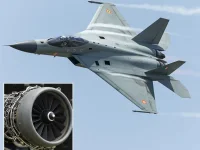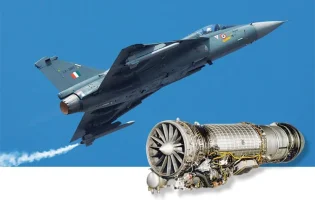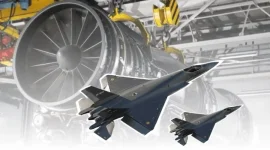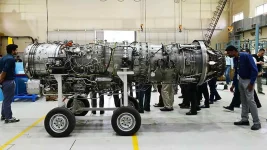- Views: 4K
- Replies: 21
India's Gas Turbine Research Establishment (GTRE), under the Defence Research and Development Organisation (DRDO), is actively working to optimize the Kaveri Derivative Engine (KDE), also known as the Kaveri Dry engine.
This non-afterburning engine variant generates 46 kN of thrust but currently weighs approximately 1180 kg, considered heavy for its class, even without an afterburner.
The KDE's weight is a concern because it is comparable to, or even exceeds, the weight of some engines that include afterburners. This could limit its suitability for manned fighter jets where the thrust-to-weight ratio is crucial for optimal performance.
Excess weight can negatively impact a fighter jet's agility, fuel efficiency, and payload capacity. This is a significant factor for potential integration into platforms like the Light Combat Aircraft (LCA) where minimizing weight is paramount.
To address this challenge, GTRE is pursuing a weight reduction strategy focused on substituting current materials with lighter alternatives. This involves exploring advanced composites or lighter alloys capable of withstanding the extreme temperatures and stresses of jet engine operation.
The weight reduction plan is being implemented in phases to ensure that modifications do not compromise the engine's structural integrity or performance. This methodical approach allows GTRE to rigorously test and validate each change.
While the engine's current weight may pose challenges for manned fighters, it is less critical for the 13-ton Remotely Piloted Strike Aircraft (RPSA) Unmanned Combat Aerial Vehicle (UCAV) project, which is the planned platform for the KDE. For unmanned applications, the emphasis can be placed on thrust and endurance rather than minimizing weight for human pilots.
GTRE aims to have the KDE cleared for production once the weight reduction targets are achieved. This process involves not only shedding kilograms but also ensuring the engine remains reliable, efficient, and meets all operational specifications.
The success of this weight reduction effort will be crucial in determining the KDE's viability for a wider range of applications, including potentially powering India's future manned fighter aircraft.






